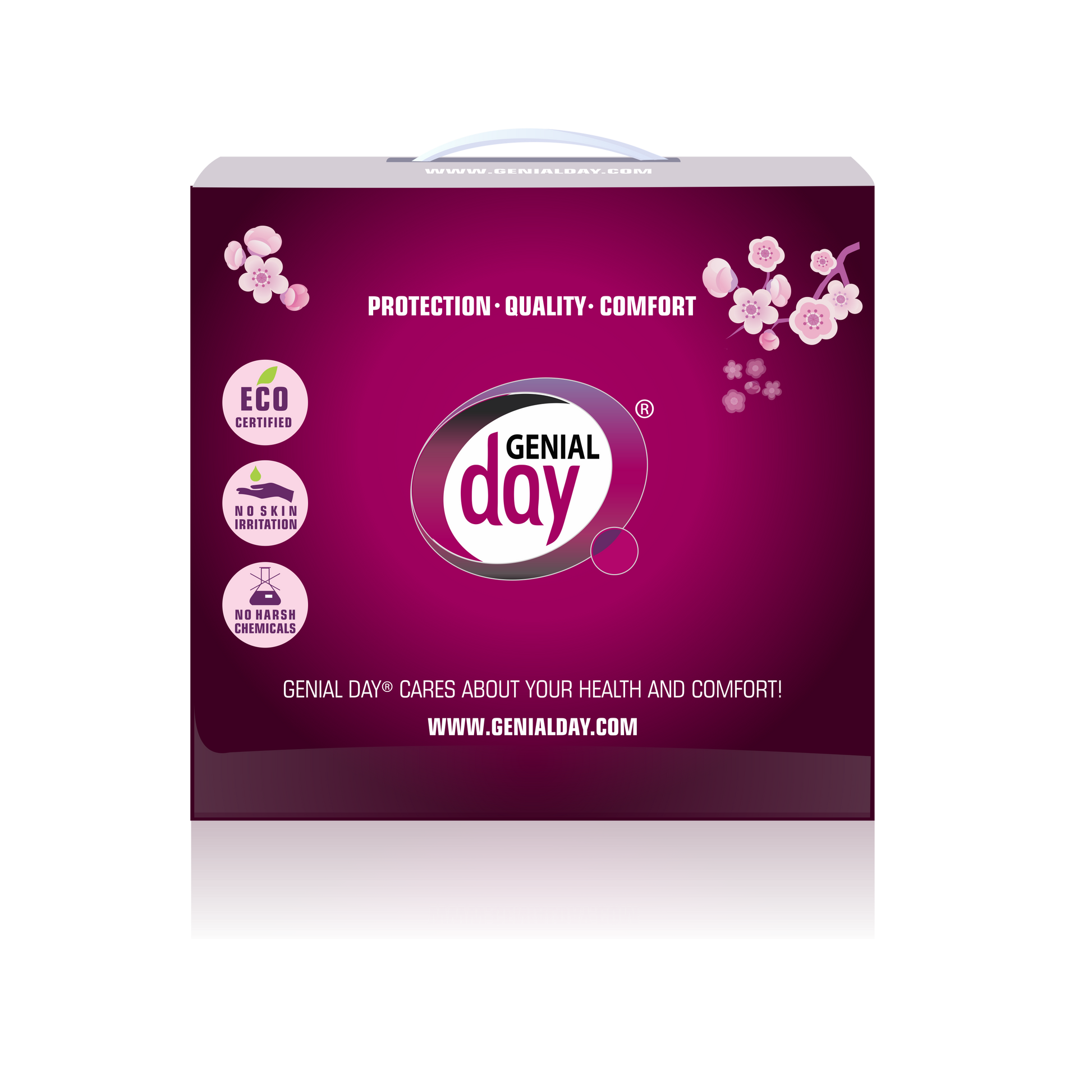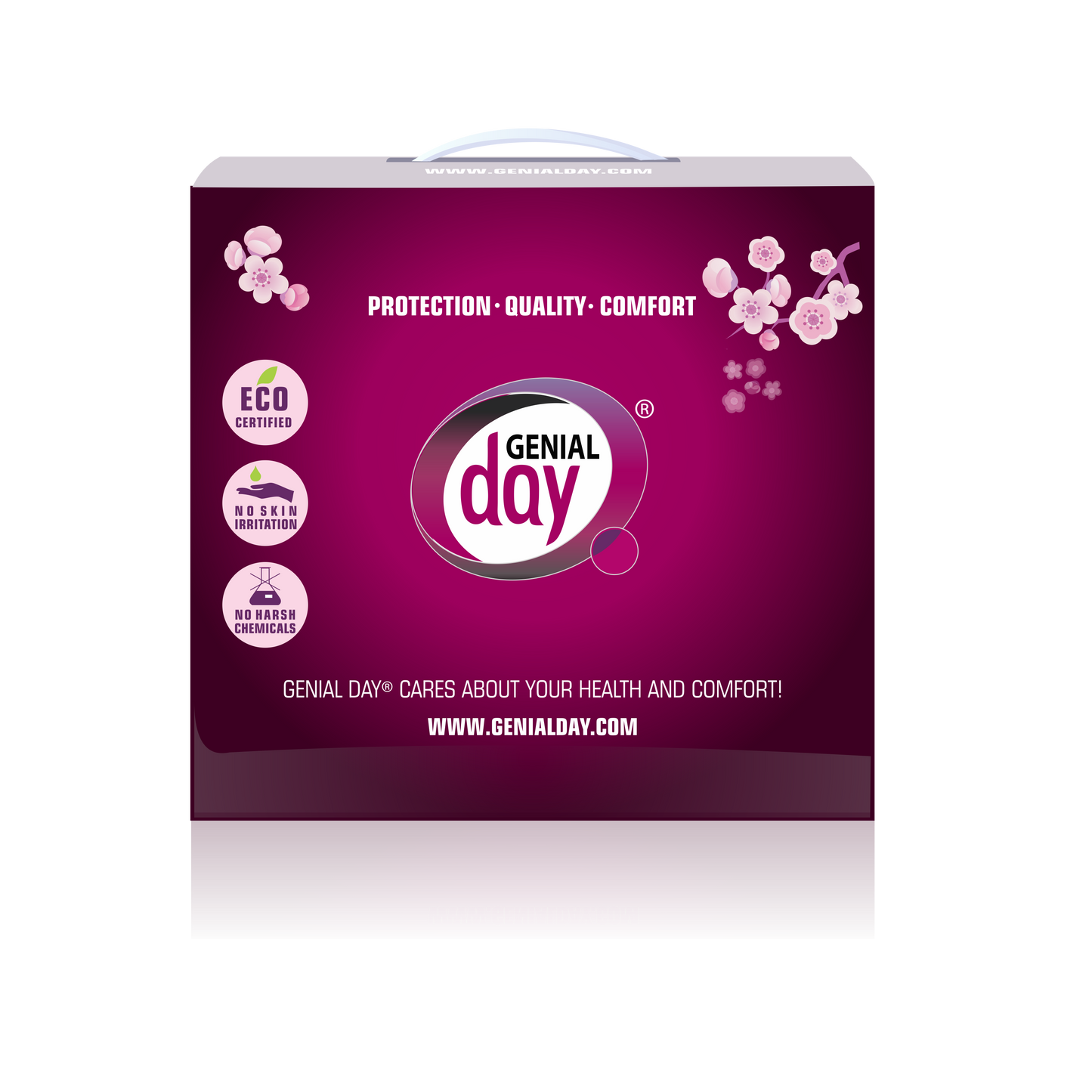According to the EPA, dioxins are the most potent synthetic carcinogens yet tested. Unfortunately, various levels of dioxins can be found in women's sanitary products, especially tampons.
October is Breast Cancer Awareness Month, which is an annual campaign to increase awareness of the disease. Breast cancer… it’s a scary thought, and all too many women assume that it won’t happen to them. Fact is though, one in 8 U.S. women will develop invasive breast cancer over the course of her lifetime.
What can each of us do about her self-care to prevent breast cancer? Gynecologists and scientists have proven that this disease is linked to endometriosis more closely than one might think. In 1996, a major study revealed that it is women with endometriosis who have a greater risk of developing breast cancer and ovarian cancer. There is also new data indicating that women with endometriosis and their families have a heightened risk of numerous cancers.
Research shows that breast cancer in the general population is most often diagnosed in middle-aged and older women. Doctors reported that mean age of ovarian cancer diagnosis was 34 in women with endometriosis – as compared to the general population age of 52. But in women with endometriosis, the average age of diagnosis was 39 years.
A major risk factor behind
Doctors have puzzled over why incidence of endometriosis, which was considered relatively rare even in the early 1980s, has been skyrocketing. Affecting at least 7.5 million women and girls in the United States and Canada, it afflicts millions more worldwide.
Endometriosis is a disease of the endocrine and immune systems in which tissue similar to the endometrial tissue of the uterus occurs abnormally in other areas of the abdomen. What are risk factors behind it? Endometriosis Association reported that a higher probability of experiencing endometriosis (and the reduced ability to withstand any immunological challenge) is due to the effect of chemicals called dioxins. According to the Environmental Protection Agency (EPA), the general population’s current body burdens and exposures of dioxin are already at levels which affect our health.
What are dioxins?
Dioxin (also called polychlorinated dibenzodioxin) is any of a group of aromatic hydrocarbon compounds that are known to be highly toxic environmental persistent organic pollutants. These chemical compounds are mostly by-products of various industrial processes in which chlorine is present – such as municipal and medical waste incineration, chemical and plastics manufacturing, herbicide and disinfectant production, and pulp/paper bleaching.
In fact, they are highly poisonous chemicals that are everywhere in the environment. For example, burning processes, such as backyard burning and the use of fuels, such as wood, coal, or oil, produce dioxins. Cigarette smoke also contains small amounts of dioxins. Known as persistent environmental pollutants, dioxins can remain in the environment for many years.
Exposure to dioxins
According to the EPA, dioxins are the most potent synthetic carcinogens yet tested. In the process of bioaccumulation, dioxin, even in very low doses, builds up in the body over time, as it concentrates in fatty tissues.
As dioxins have been found to cause problems with reproduction, development, and the immune system, some countries are trying to reduce the production of dioxins in industry. In the United States, dioxins are not produced or used commercially, but they may result as a byproduct of other processes. In the last 30 years, EPA and other bodies have reduced the production of dioxin levels in the U.S. by 90 %.
However, it is not easy to eliminate dioxins. Natural sources such as volcanoes produce them, they can cross borders, and they do not break down quickly, so remnants of old dioxins still remain.
Once created, dioxins concentrate dramatically in the food chain. In our daily life, they can contaminate beef, fish, poultry, and dairy products. This happens because animals consume pesticide- and herbicide-laden food, and humans consume animals and fish, our primary exposure to dioxin.
Protect your body
Most of the population experiences low-level exposure to dioxins, mainly through diet. One way to reduce the personal risk from dioxins is by choosing lean meats and fish and cutting off any fat when preparing meat. Eating a balanced diet with plenty of fruit and vegetables can reduce the proportion of animal fat in the diet – and thus protect you from harmful compounds.
It has also been claimed that plastic water bottles contain dioxins, but experts say this is not true.
Concerns have been raised about dioxins in women's sanitary products, especially tampons. The U.S. Food and Drug Administration reported that tampons and sanitary pads made of rayon or bleached cotton contain low levels of dioxins. That is because conventional tampons and sanitary pads are bleached white using chlorine dioxide, which can be toxic.
Tampon safety legislation would direct the National Institutes of Health (NIH) to research health risks to women—including endometriosis and cancers of the breast, ovaries, and cervix—from the presence of dioxin, synthetic fibers, and other additives in feminine products.
Until research addresses the risks, health experts recommend unbleached, organic cotton sanitary pads and tampons (without plastic applicators). Avoid using conventional brand tampons and sanitary pads and opt instead for 100% organic brands like Genial Day. Or, try the menstrual cup – a silicone catchment system that not only reduces your risk of dioxin exposure, but being a reusable product, cuts down significantly on waste as well.




